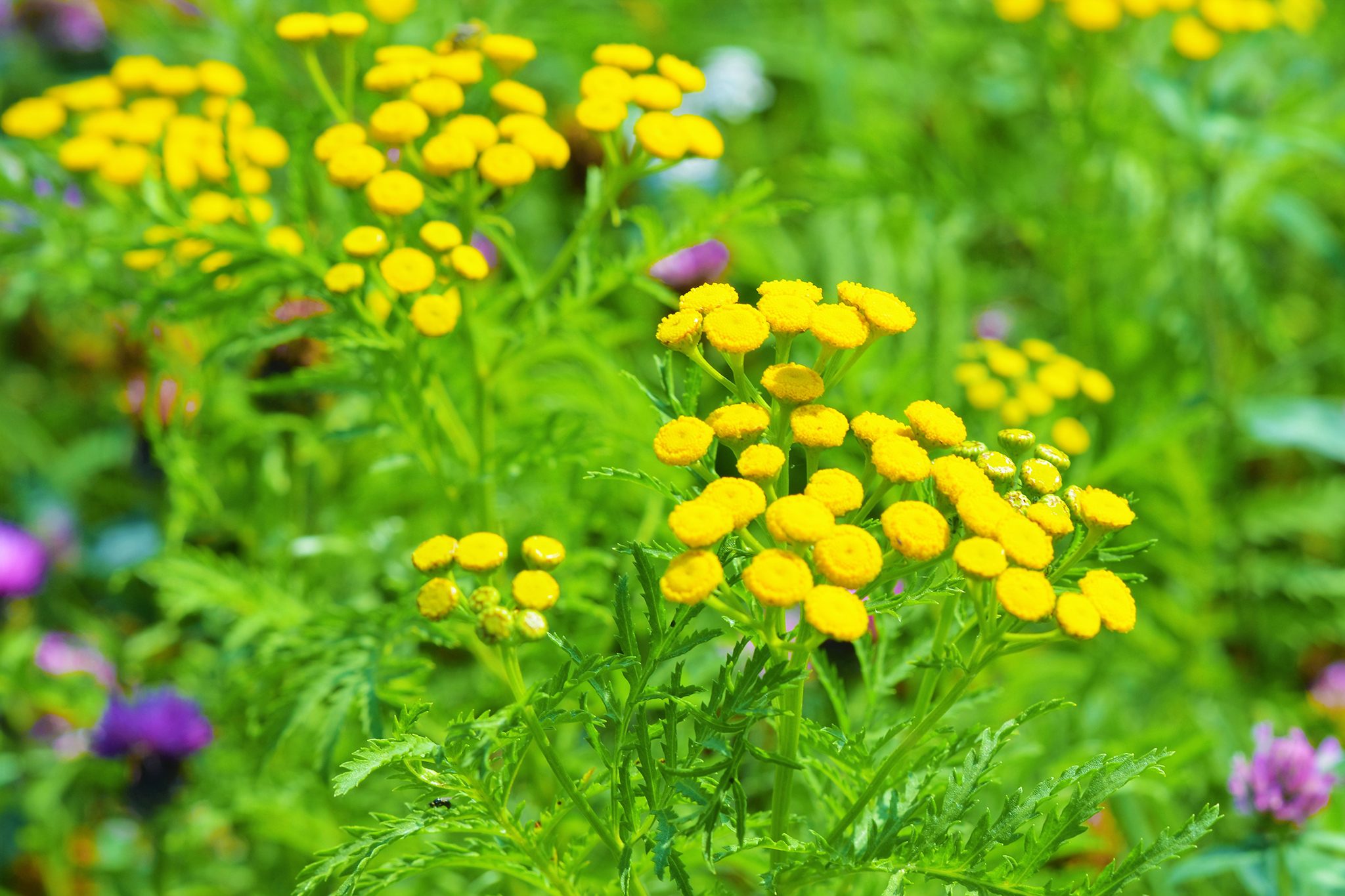Family: Asteraceae (Sunflower family)
Other Names: Bitter Buttons, Cow Bitter, Mugwort, Golden Buttons
Where It’s Found (Habitat):
This plant grows naturally in Europe and Asia, especially in temperate (mild) climates. It has also spread to other parts of the world, where in some places it grows too easily and is considered invasive.
You’ll often find it growing in:
-
Meadows
-
Fields
-
Roadsides
-
Railroad tracks
-
Prairie edges
-
Fencelines
-
Cultivated land
Description:
-
Type: Perennial herb (comes back every year)
-
Height: Can grow up to 2 meters tall
-
Stems: Upright, strong, sometimes purple, and often branch at the top. The stems are smooth and have a pleasant fragrance.
-
Leaves:
-
Grow one after the other along the stem
-
Lower leaves have stalks, upper leaves attach directly
-
Up to 30 cm long
-
Deeply divided with toothed edges
-
Smooth and fragrant
-
-
Flowers:
-
Bloom from July to September
-
Small, round, yellow, button-like flower heads, grouped tightly at the top of the plant
-
Each flower head is about 1 cm wide
-
Parts Used:
-
The whole herb (plant) is used for its medicinal properties.
Medicinal Uses:
Common Tansy has been used in traditional herbal medicine for a long time. People have used it to:
-
Relieve digestive problems
-
Treat fevers
-
Repel insects
-
Help with muscle pains and cramps
-
It has also been used to make herbal teas, ointments, and poultices (a soft, moist mass applied to the body for healing).
Note:
While it has many traditional uses, it should be used carefully and in proper amounts because in large doses, it can be toxic.
Speech Disorder
A speech disorder, also known as a speech impairment...
ADHD
Attention-deficit / hyperactivity disorder (ADHD) is a...
Cerebral Palsy(CP)
Cerebral palsy (CP) is a group of neurological disorders...
Cancer
Cancer is a broad term for diseases where cells...




